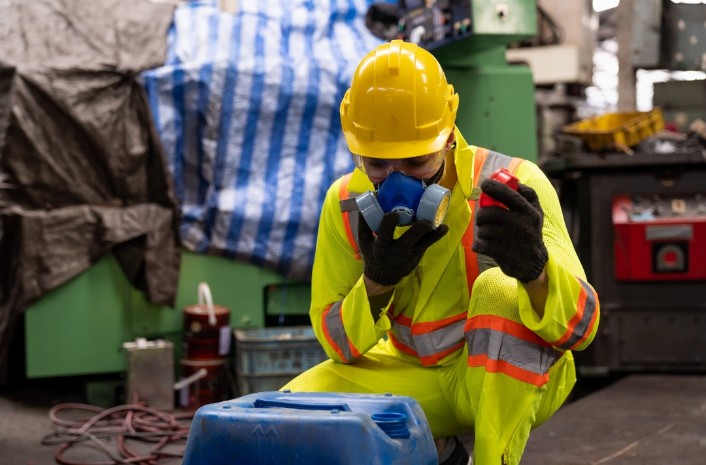Are you shipping any hazardous materials?
Hazardous material packaging and shipping involve a lot of steps and precautions to protect all of those involved. You need to make sure that you doing it all correctly.
Otherwise, you risk an accident or damaging your items from improper handling.
Do you want to learn more about how to properly pack up and ship hazardous materials? Want to discover the best hazardous material packaging and shipping tips?
Let’s get into it!
Contents
Determine if the Item is Hazardous
When determining if an item is hazardous, it is important to know what types of items could be considered hazardous. These items may include flammable liquids, hazardous waste, compressed gases, corrosives, explosives, organic peroxides, oxidizers, radioactive material, and toxic substances.
To perform this task, the shipper must review the item’s Material Safety Data Sheet (MSDS) to identify the hazardous substances within it. Research should also be done to discover if the packaging material or container can react with the substance which might result in an accident.
Follow Packaging Protocols
Make sure that the hazmat materials are packaged properly and labeled correctly to prevent any hazards. It is important to use appropriate containers like a UN-certified box or container for storing hazardous materials.
The materials must be tightly sealed with specially designed packaging containers to minimize spills and prevent hazardous materials from leaking, spilling, or evaporating. It is also important to check the temperature range that the material can be stored in and ensure that the temperature is kept within set parameters.
Follow the Rules for Shipping
Following the rules for shipping hazardous materials is essential to ensure the safety of everyone involved in the supply chain. To ensure proper hazardous material packaging and shipping, it is important to use the right materials and containers, label all packages clearly, and apply strict regulations and protocols.
When it comes to hazardous material packaging and shipping, it is important to receive proper IATA dangerous goods training. Take the time to learn the IATA regulations and best practices for transporting hazardous materials from one place to the next.
Fill Out Proper Documentation
It is of the utmost importance to fill out the proper documentation to safely package and ship hazardous materials. Ensure the paperwork accurately reflects the hazardous material being shipped so that it can be tracked and tracked correctly.
Include the appropriate hazard warnings so that those handling the package are aware of the dangers posed by the materials inside. Documentation should also list the names and contact information of the sender and receiver, as well as any intermediaries who might be transporting the hazardous material.
Include the name of the product, the proper UN number and/or hazmat class, and its quantity, all within a bill of lading. It’s important to always inspect your hazardous material package and the type of packaging material used before beginning the shipment.
Top Hazardous Material Packaging Tips
Hazardous material packaging and shipping can be done safely when done with the right materials and information. For the best results, it’s important to follow guidelines for shipping and handling hazardous material as well as ensuring proper packing and labeling.
Take advantage of these tips to make sure hazardous material packaging and shipping is done safely and responsibly. Learn more by visiting our hazardous material packaging and shipping page.
Did you find this article helpful? Check the rest of our blog now!

